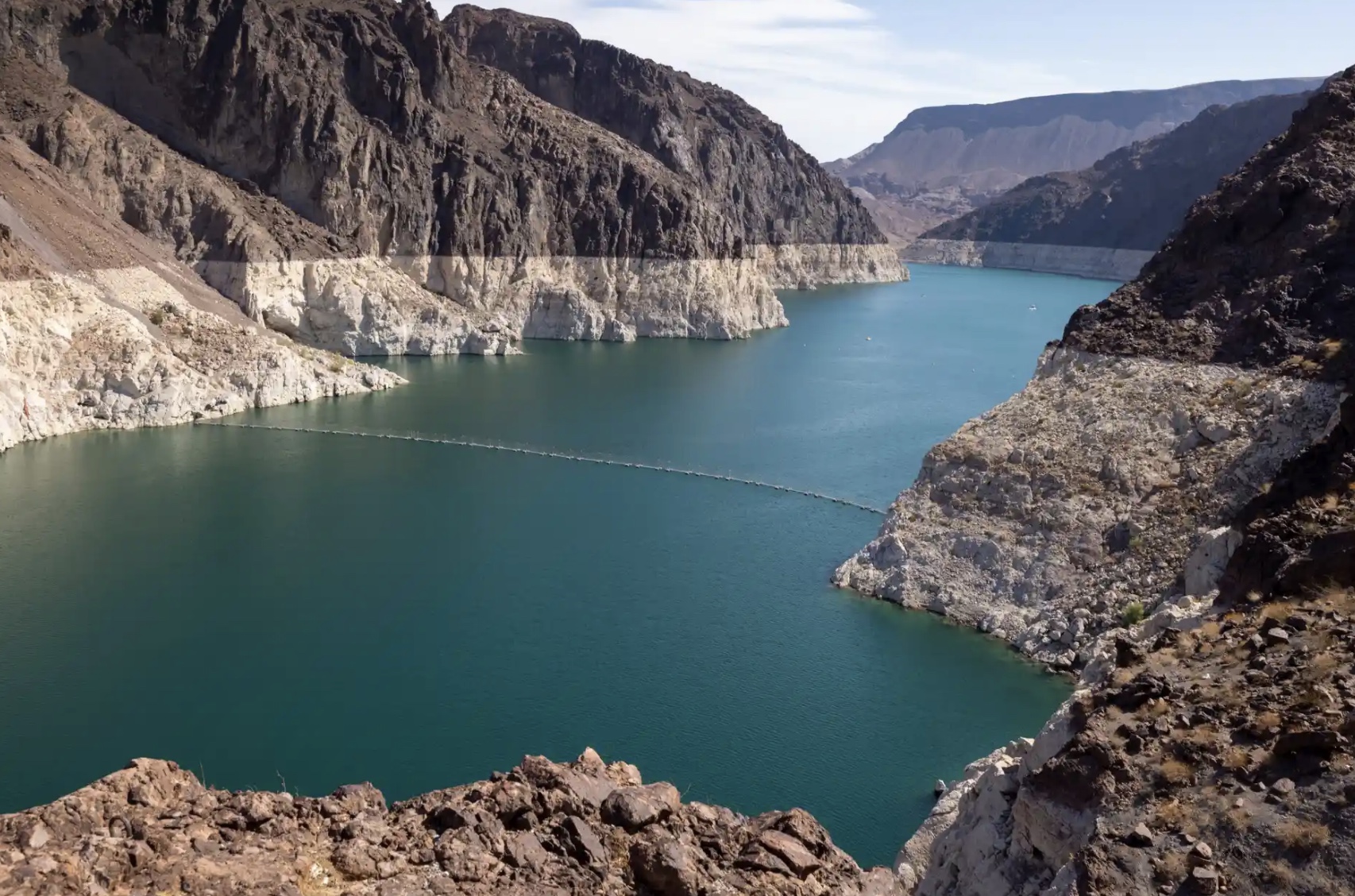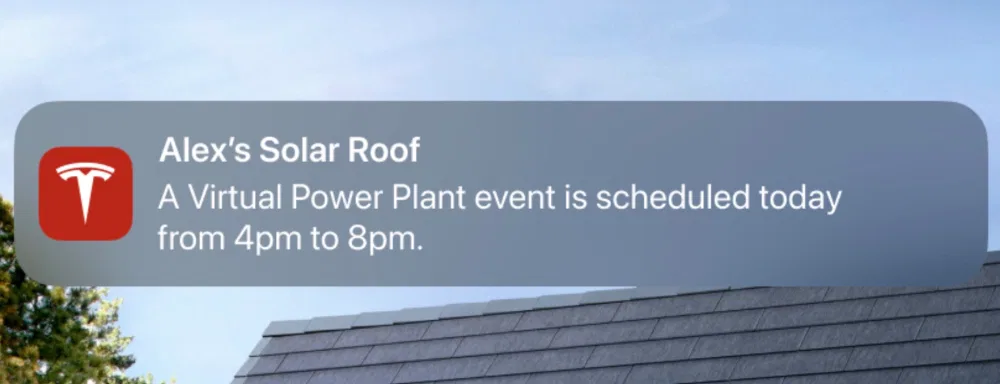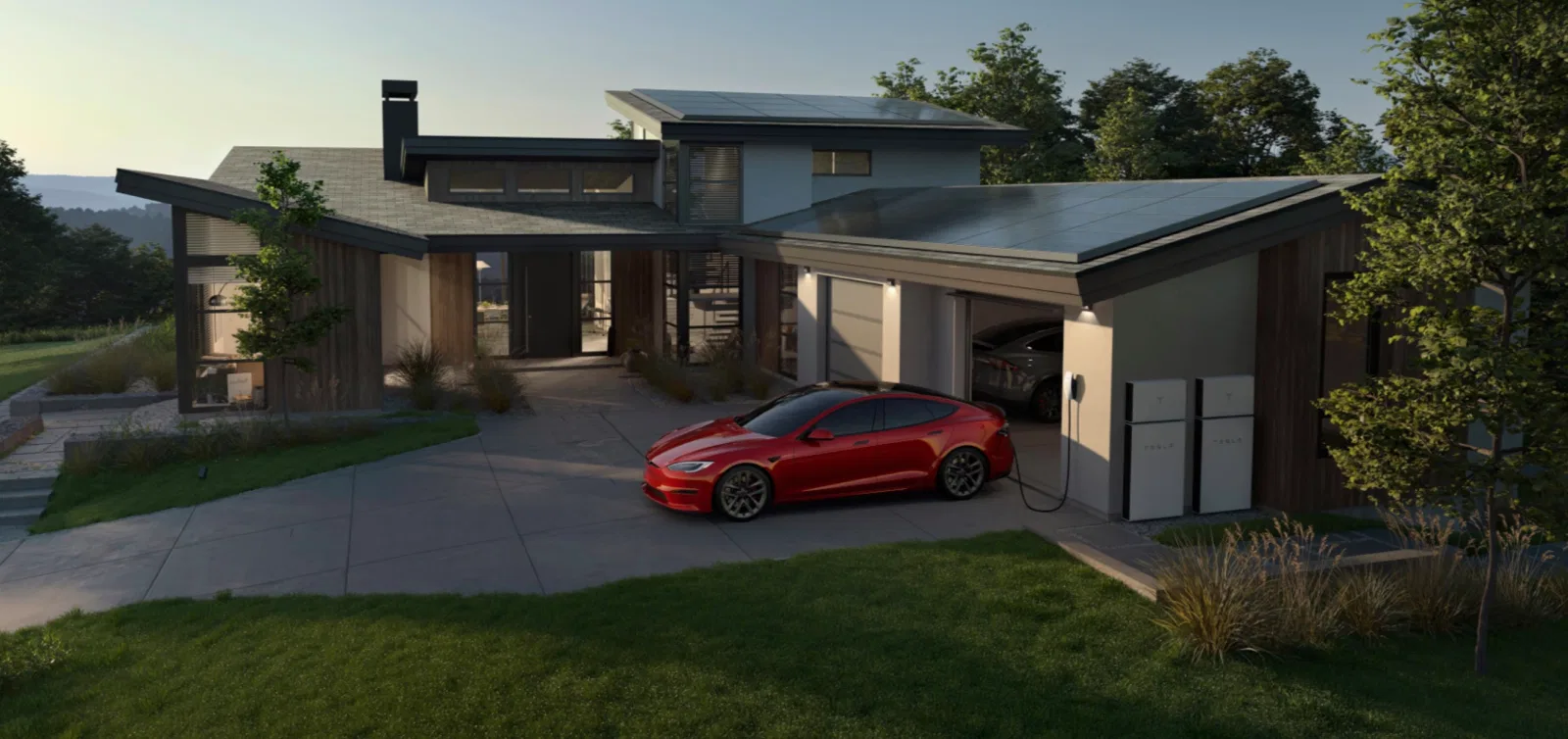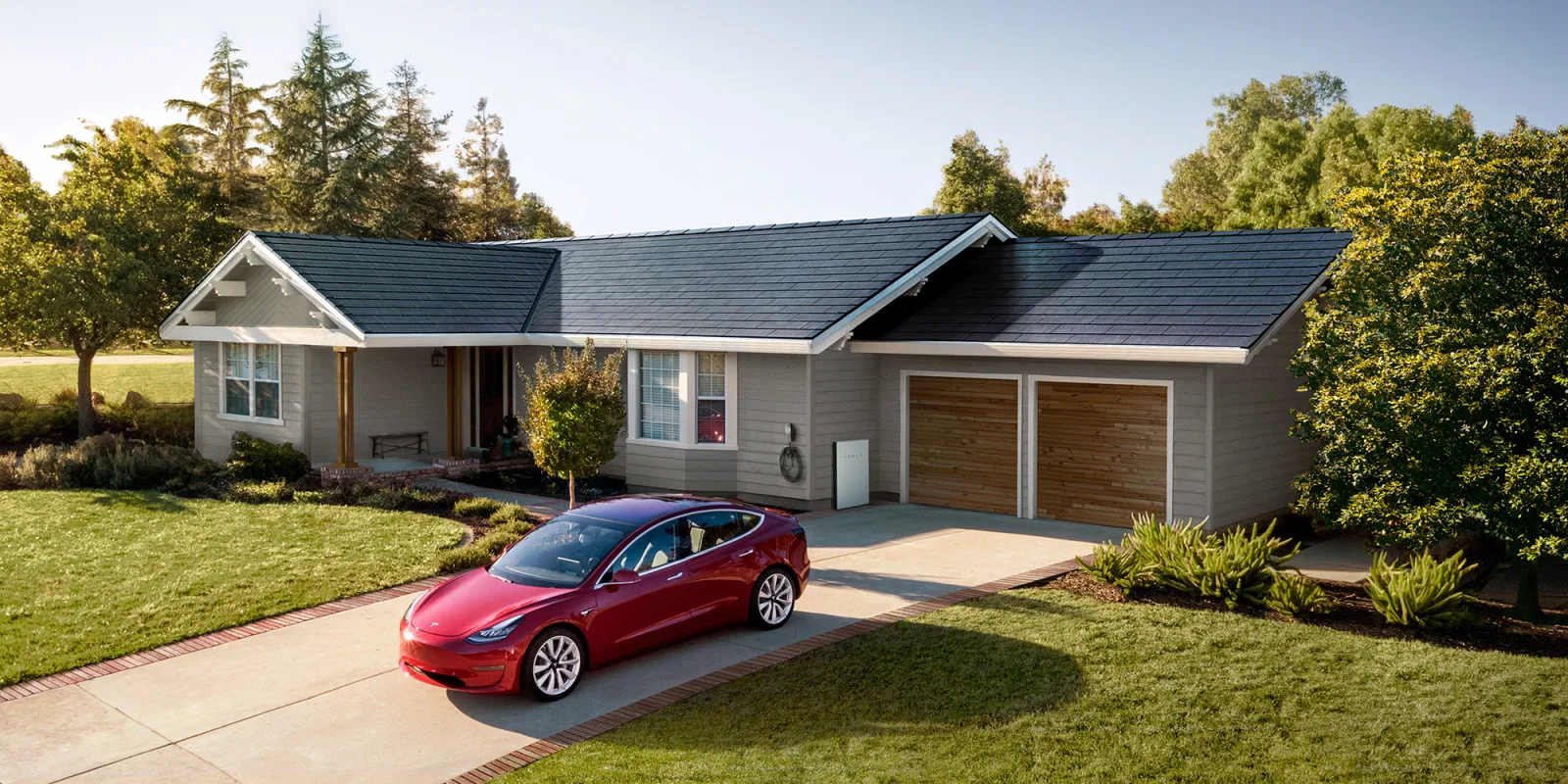Tesla has released details of its virtual power plant in California and confirmed that there will be no subsidies for Tesla or Powerwall users, and the entire project will be a “public utility.”
Currently, California is experiencing continuous high temperatures and severe drought, as well as affecting the normal operation of hydroelectric power stations such as the Hoover Dam. The electricity pressure on the California government is enormous, and the California grid expects this situation to continue for several months.
To alleviate the situation, the Tesla virtual power plant has emerged. Its project is based on Tesla’s Powerwall system, which converts solar power generated by solar panels and feeds it back to the grid through several companies with Powerwall systems and a group of users who have installed Powerwall at home, thereby reducing the electricity pressure on the government grid.

How to activate the Tesla virtual power plant?
Tesla stated that relevant users will receive push notifications of the start and end times in advance of the event. According to official descriptions, before the event starts, Powerwall will be prioritized to be charged by the solar panels. After the event starts, Powerwall will return to power the home and output excess power to the grid until the event ends.

Regarding how users can participate in the event, Tesla stated that users can register to participate on the Tesla App. During the event, users do not need to perform any operations, but they can increase or decrease the storage capacity of Powerwall freely during the event. This means that users can set a minimum value for Powerwall. When Powerwall discharges to the preset value, it will stop discharging to ensure that Powerwall has enough remaining capacity for users to continue using after the event ends.
Public utility? Or something else…
Tesla officials have stated clearly that the virtual power station project will not provide any subsidies: “The Tesla virtual power plant is a public utility program that supports the California grid, and Tesla or customers have no compensation. However, when more users participate in this activity, there may be certain subsidies for participating users in the future.”
Of course, compared with using Powerwall as a photovoltaic charging station in China, the solar energy systems of Powerwall in foreign countries are still playing relatively “extravagantly”. It can also be seen that Tesla is making big plans in the solar and clean energy field. Perhaps it is really to speed up our transition to clean energy, or to expand Tesla’s influence in the field of solar panels.
But in any case, creating a virtual power plant must be more advantageous than disadvantageous. From traditional energy generation to clean energy supply, this is a necessary road that we must go through, and it is also a difficult problem that more people need to participate in to solve together.
🔗Source: electrek
This article is a translation by ChatGPT of a Chinese report from 42HOW. If you have any questions about it, please email bd@42how.com.
